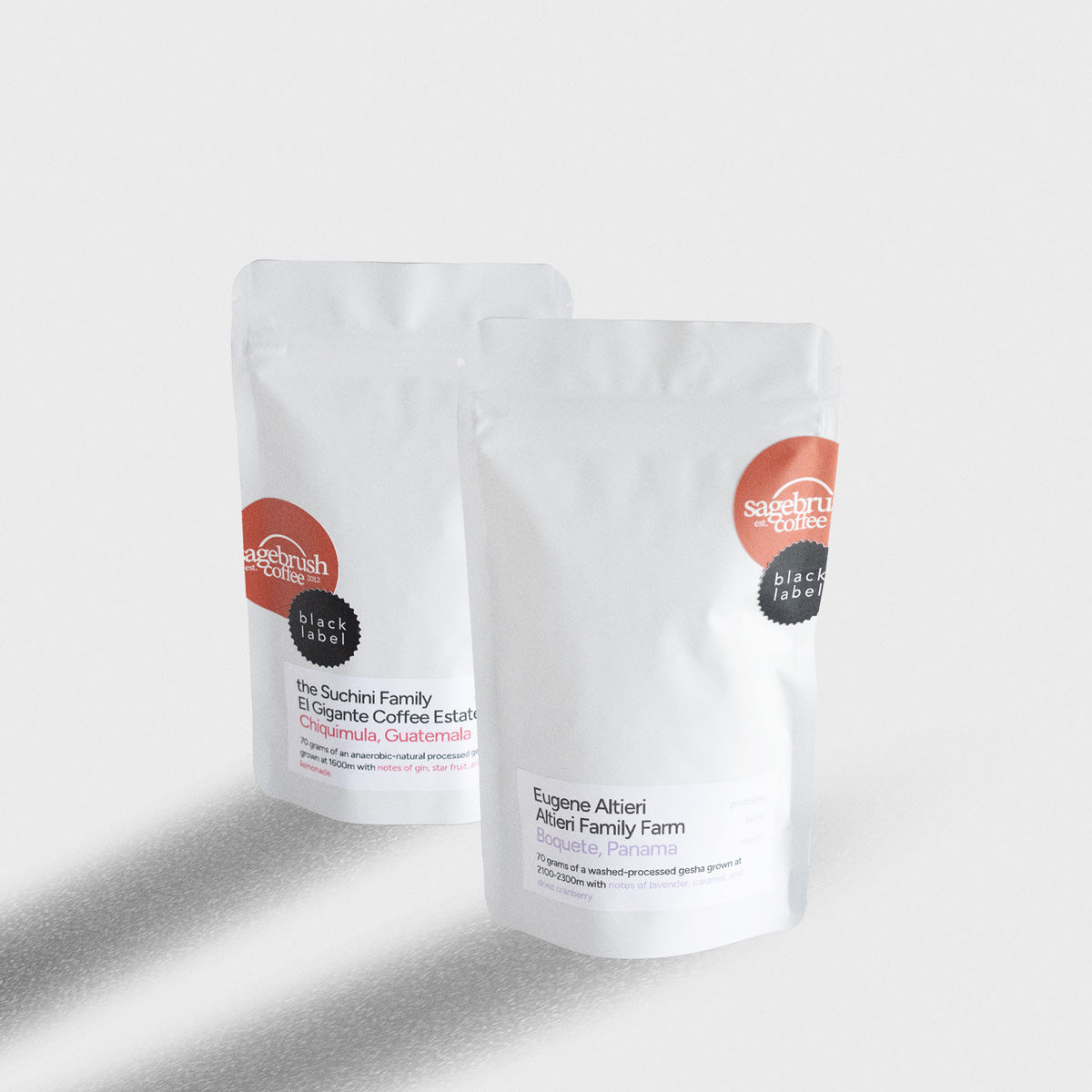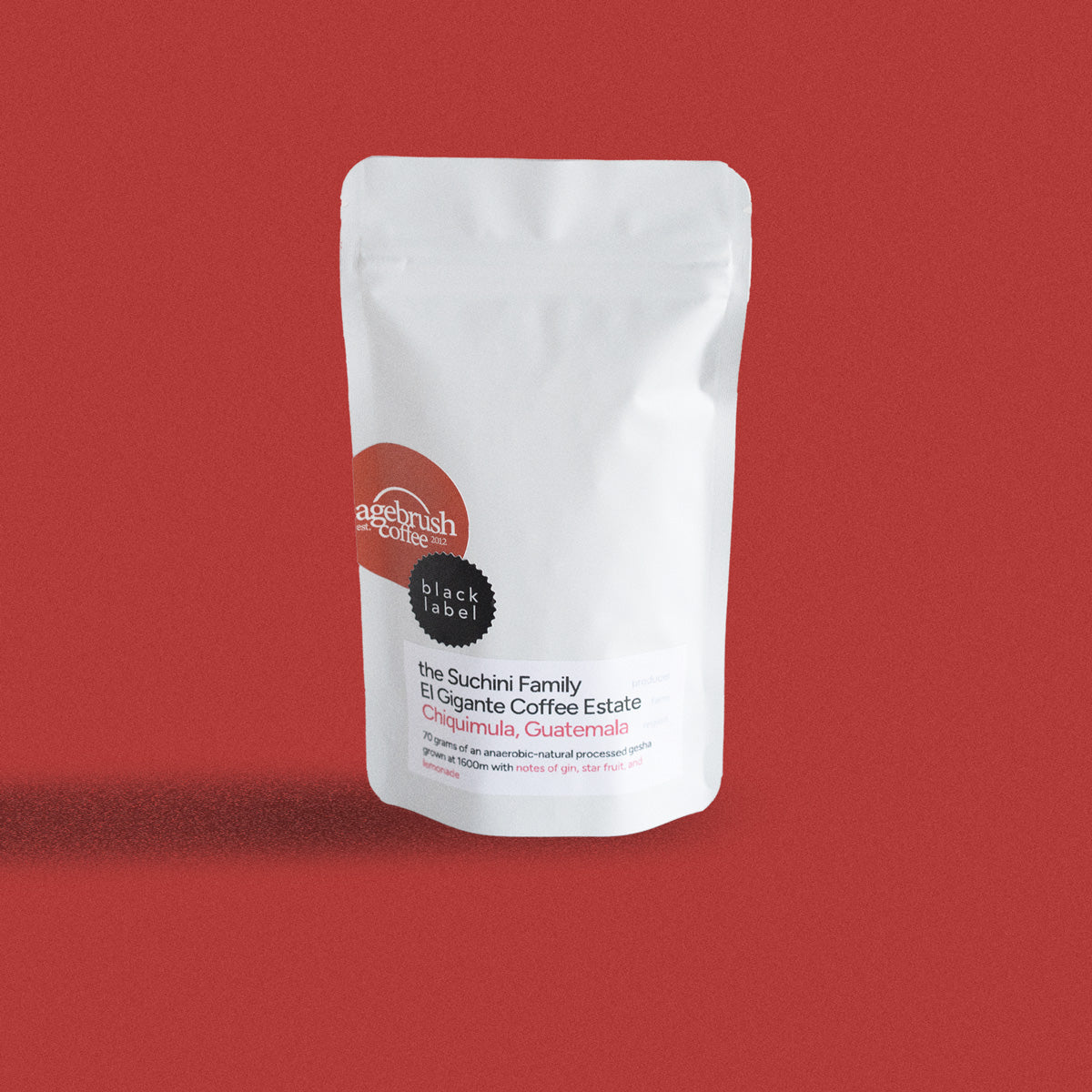
Fermentation isn’t a new idea, as familiar things like wine, beer, and kombucha undergo fermentation. Did you know that some coffees go through fermentation as well to enhance their flavor? You may be asking yourself what the benefits and differences of fermented coffee are, and that's exactly what we are going to talk about today.
Natural fermentation occurs in everyday coffee production, but I'm not talking about the regular chemical changes that occur when cherries are left to dry during the dry process or when mucilage is left on the bean in the honey process. I’m talking about the intentional process of encouraging microbial activity in coffee beyond what happens naturally when you let coffee dry. One thing to remember is that fermentation doesn’t automatically elevate the quality of the coffee. The quality of the coffee comes from many factors like the quality of the soil and the work producers put into harvesting it. Fermentation is used to draw out more flavor from the coffee bean, much like you see in wine and other fermented beverages. It isn't necessarily adding a new component to the coffee, it's simply emphasizing something that is already there.
There are two major ways to identify fermentation, aerobic and anaerobic. In aerobic fermentation, oxygen contributes to the growth of microorganisms. It’s pretty much what happens in the usual daily coffee processes. Because there are microorganisms everywhere, simply leaving the coffee to dry on drying beds will cause some level of aerobic fermentation. What makes anaerobic fermentation special is that tanks or silage bags are used to intentionally keep oxygen out. Coffee will be allowed to ferment anywhere from 48 hours to 10 days. Some producers choose to add ingredients like local yeasts to encourage microbial activity. This carefully controlled process and environment are what cause anaerobic coffee to have such distinct and complex flavors. Since the fermentation process can be different for each producer, the flavor may vary widely even within the same region. With this measure of control also comes more labor, more education, and more equipment necessary for workers on farms.

















